In Search of Chonae, the Place of Archangel Michael’s Miracle
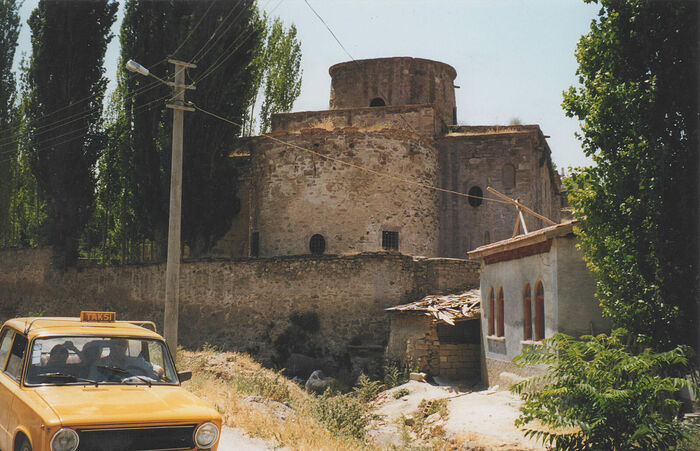
The ancient city of Colossae is probably known in one way or another to every Orthodox Christian. It was here, on the territory of what is now Turkey, that an unprecedented miracle occurred.
In this city, to the inhabitants of which the Apostle Paul once wrote one of his epistles, there was the Church of the Archangel Michael, built by a local resident in gratitude to the archangel for healing his daughter at a spring that flowed nearby. At this church, a pious man named Archippus served as a sexton for sixty years. By his righteous life he converted many to Christianity.
At that time Christianity had not yet been officially recognized, and many pagans were irritated that people were flocking to Archippus, embracing the true faith. Then the “wicked people”, as St. Dimitry of Rostov recounted, decided to destroy the church—they united the flow of two mountain rivers and directed them against the church. The righteous man refused to leave the holy place and began to pray to the Archangel Michael to save the church from destruction. And then a miracle occurred. The Archangel Michael appeared in front of the church, stopped the flow of water with the sign of the cross, and then striking his staff on a stone he cut it into two. All the water flowed into the opening. From then on the city became known by a new name—Chonae, which means “opening”.
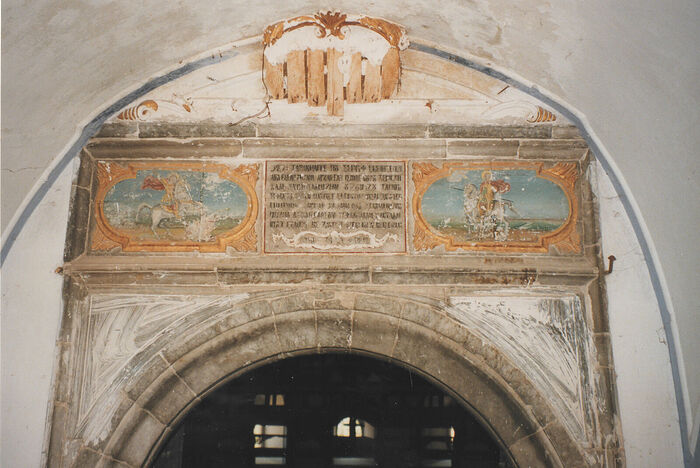
This miracle became known far beyond the city. The Orthodox Church commemorates this event on September 6/19, and in honor of the feast in 1365 the famous Chudov [“chudo” means “miracle” in Russian.—Trans.] Monastery was built within the Moscow Kremlin. It was here that the future Russian tsars were baptized.
However, few people know anything about the city of Chonae in our days. Is its exact location known? And has the church, or even the opening where the water went, survived? These questions were answered by the rector of the Patriarchal Representation Church of the Holy Trinity in the city of Brussels, Archpriest Pavel Nedosekin.
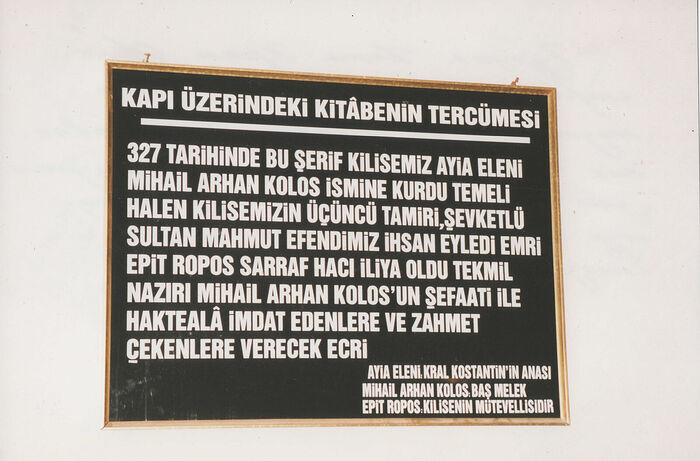
Fr. Pavel found the ruins of the city of Chonae by accident, “miraculously”. For a long time he had been looking for the scene of the Archangel Michael’s miracle.
“First, I asked around,” the priest relates. “When I was on Mount Athos, I asked the monks. I said, ‘Has anyone ever been there?’ The monks answered, ‘You know, there is nothing left there. We searched everything and asked everyone.’"
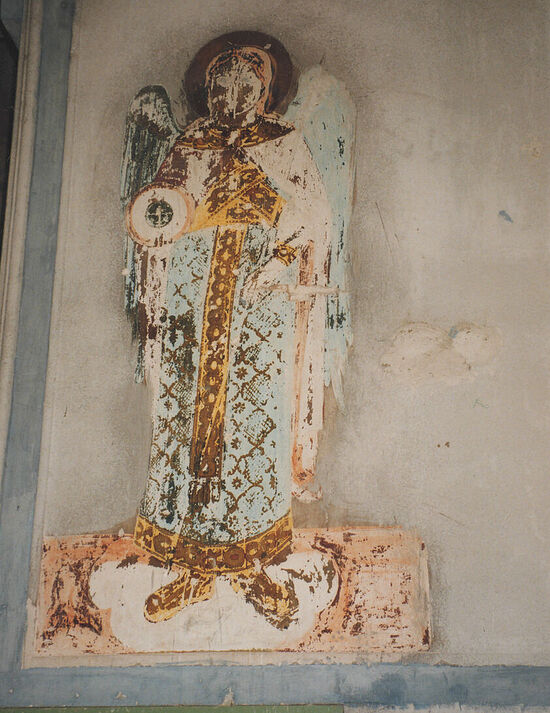
Once Fr. Pavel went into a store and bought an ordinary map of Turkey.
“I found that there was only one church marked on the territory of this whole large country. I looked and saw a cross. I could not understand what church it was! I know that there is the Patriarchate in Istanbul, and there are some parishes in Myra of Lycia (Antalya). And suddenly I saw Colossae marked on the map. I began to look and study, and it turned out to be Chonae.”
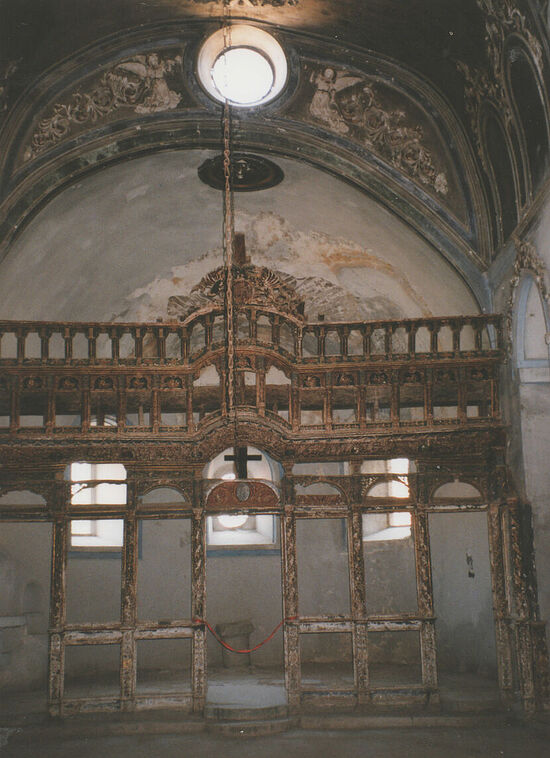
At that time Fr. Pavel was traveling in Turkey. One day his group was invited to watch a dance of dervishes, which was supposed to last half a day. Instead, the priest decided to take a taxi and go to Chonae. He found a local Turk who drove him to the church in a rundown Zhiguli car. As it turned out, there was not only a church there, but even a caretaker, who was paid by the State to guard the holy site.
Most interestingly, the surroundings immediately reminded the priest of the place described in the story of the Archangel Michael and St. Archippus.
“Indeed, it is just as described in the miracle. Two river channels: right and left. We were standing as if on a peninsula. However, there is no more water in the channels. And on the left, there were hills with caves springing up—this is a local natural feature. There are caves everywhere. The Venerable Archippus may have lived in one of those caves.”
As Fr. Pavel learned, the church was built in the fourth century and was last restored in the nineteenth century by a magnate benefactor. The church itself is made of large stone blocks. Inside there is a carved gilded iconostasis, but without icons. The walls are shabby. There were traces of large, thick stone pillars on the floor. At the back there is a small extension—a cliros. There is a fresco of the Archangel Michael on the right hand side.
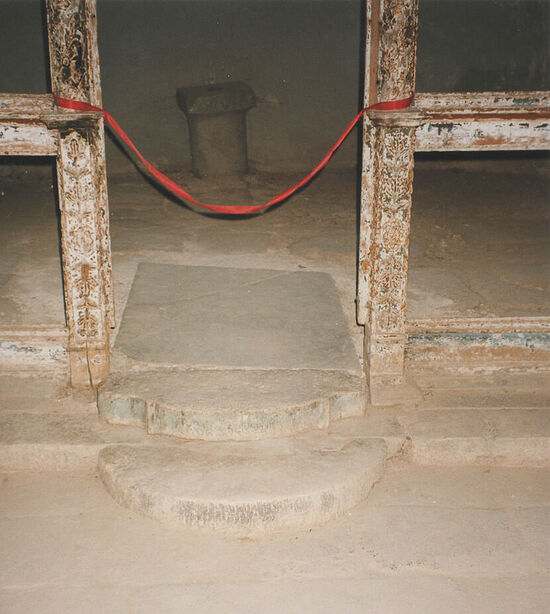
And most importantly: At the entrance to the altar is a white marble slab—the solea, about ninety centimeters (c. 3 feet) wide and ninety centimeters long.
“I moved it away and saw some kind of opening. This could be the site where the Archangel Michael appeared, struck the stone, and a deep opening appeared. That is, everything indicates that this could indeed be that church.”
As Fr. Pavel related, on the outer wall of the church was a memorial plaque of 1833, on which an inscription was made in large letters in Turkish. It said that this church in honor of the Archangel Michael was built in 327 by St. Helen. But how could it have been erected by St. Helen, if the church described in the miracle was built by a local resident, and the miracle had happened even before the official recognition of Christianity, in which Empress Helen was involved?
Archpriest Pavel suggests that most likely the church was completed later, when the great miracle became widely known. The city of Colossae stood right on the land route to Jerusalem. Apparently, Empress Helen, who in 326-327 erected similar churches throughout the Empire, ordered a church to be built here. Thus, after the rebuilding of the church, the stone with the opening, which used to be outside the church, now found itself by the royal doors.
The memorial plaque also reads: “At present the third renovation has been carried out with the permission of Sultan Mahmud." Mahmud II (ruled 1808-1839), according to the inscription, issued a “godly decree” to a patron from the east named Elias, who was the last guardian and trustee of the church.
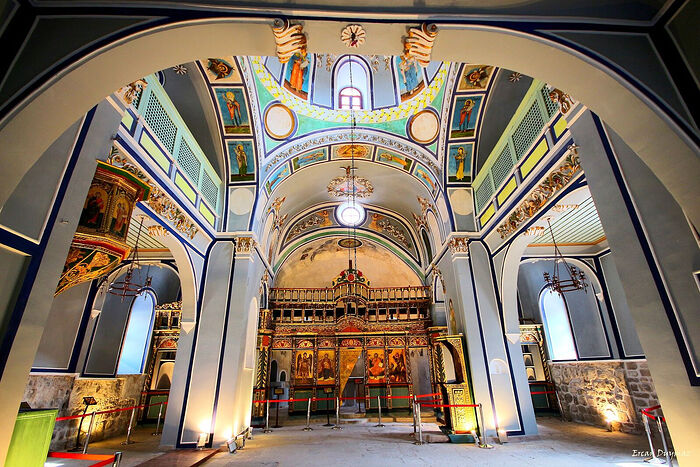
Moreover, there are words on the plaque instructing Muslim women to pray to “Michael Arhan” (as the Archangel Michael is called in Turkey) for childbirth.
Archpriest Pavel visited the Church of the Archangel Michael in the 1990s. However, now this church, which the Turks call St. Helen’s Church, has already been restored. By 2009, the building was in such a deplorable state that it was even under threat of demolition. In addition, as was then reported, the amount of precipitation exceeded seasonal norms, which could also be dangerous for the church. So it was decided to start the restoration. Now the Church of the Archangel Michael has been restored to its former glory: the frescoes in the front part of the church have been repaired, and icons have been installed in the iconostasis, albeit not everywhere.
And although the church is still inactive, it nevertheless remains a living memory of an extraordinary miracle—the miracle of the Archangel Michael in Chonae.

No hay comentarios:
Publicar un comentario